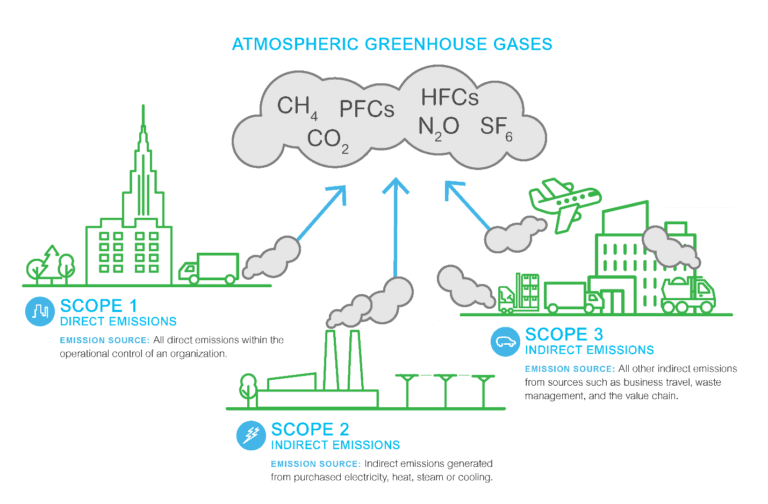Why Providing Alternatives to SF6 and Other Greenhouse Gases is Important for Carbon Reduction Initiatives
By Olivier Blum

Sustainability at Schneider Electric
The urgency to act on climate change has never been greater, and, in the absence of global regulation, companies are voluntarily stepping up to fill the gap. As of the publication of this blog post, more than 1000 companies have set public science-based carbon reduction targets through the Science-based Targets Initiative (SBTI), while hundreds more have committed to renewable energy, energy efficiency, and electric vehicle adoption through The Climate Group’s RE100, EP100, and EV100 programs. The latest commitments have taken corporate action to a new level, pledging carbon neutrality or even carbon negativity.
Much of the action to date has focused on reducing emissions generated from electricity production, those that are classified under Scope 2 of the GHG Protocol. Most of these emissions come from the burning of fossil fuels like coal and natural gas, and are predominantly carbon dioxide (CO2), the most prevalent of the greenhouse gases. However, as companies become more sophisticated in their approach to reduction measures, it is becoming imperative to address a broader range of emissions.
A new emphasis on carbon reduction in Scope 1 and Scope 3 of the GHG Protocol
Reducing operational electricity consumption and addressing the remainder with the purchase of renewable energy (in the form of a power purchase agreement [PPA] or via energy attribute certificates [EAC]) is a relatively straightforward way to manage Scope 2 emissions. Indeed, to date, corporations have been responsible for the purchase of more than 32 gigawatts of renewable electricity capacity worldwide via PPA through the end of 2019, according to Bloomberg New Energy Finance (Schneider Electric clients account for about 25% of this total).
It’s harder to reduce emissions in other business areas and, depending on the size and scope of the business, electricity may be a relatively small component of an overall emissions footprint. For example, industries such as travel, shipping, and other forms of transportation, or industries with energy-intensive manufacturing processes that rely on thermal energy for heat, may have an outsized Scope 1 footprint for the energy consumption in their own fleets and facilities. And nearly all companies struggle to address Scope 3 reductions, as that category includes contributors such as supply chain-related emissions, business travel, and waste management, which are outside of the direct operational control of the company.
The good news is that demand for reductions in these critical areas is giving rise to innovation. Developments in circularity and product lifecycle design, biofuels, and other technologies are helping companies get closer to net zero.

